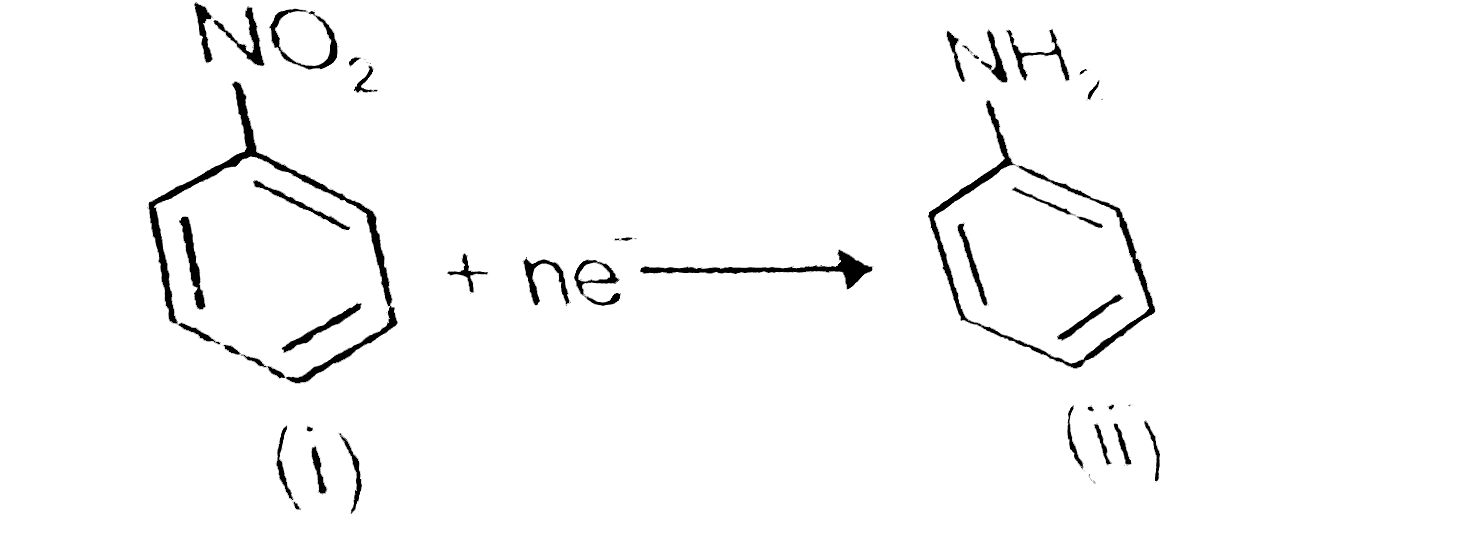Competitive Electron Transfer Reactions
Competitive Electron Transfer Reactions
What is Redox Reaction?
Redox reaction is a sort of chemical reaction involving a process change that happens when at least two molecules react with each other and result in the formation of another product.
In this article get familiar with redox reactions with respect to electron transfer reactions.
Definition of Oxidation
Oxidation is the process wherein a group of atoms or a single atom of a chemical reaction loses at least one electrons. Therefore, oxidation leads to the loss of electrons and rise in the positive charge of a species or decline in the negative charge of the chemical species.
Redox reaction involves the adjustment in the oxidation state of the component of a reaction, which thus involves electron transfer of the elements in the reaction.
Competitive Electron Transfer Reactions
To understand this concept, let us experience one analysis.
Case - 1
Dip a strip of Zinc metal in a solution of copper nitrate. You will notice that Zinc (Zn) is oxidized to Zn2+, and Cu2+ is decreased to Copper (Cu) as mentioned in the below reaction.
Zn(s) + Cu2+ → Zn2+ (aq) + Cu(s)
It is discovered that the state of equilibrium for the reaction extraordinarily favours the products over reactants.
Case - 2
Dip a strip of Copper metal in a solution of Silver nitrate. You will notice that Cu is oxidized to Cu2+, and Ag+ is decreased to Ag, as shown in the accompanying reaction.
Cu(s) + 2Ag+ → Cu2+(aq) + 2Ag(s)
It is discovered that the state of equilibrium for the reaction enormously favours the products over reactants.
Case - 3
Dip a bar of Cobalt metal in a solution of Nickel Sulfate. You will notice that Co is oxidized to Co2+ and Ni2+ is diminished to Ni as shown in the accompanying reaction.
Co(s) + Ni2+ → Co2+(aq) +Ni (s)
It is discovered that at equilibrium, both Ni2+ (aq) and Co2+(aq) are present at moderate concentrations. Neither the reactants nor the products are significantly preferred.
The likelihood of electron transfer increases with an increasing electronic association between the redox centres. Consequently, electron transfer is supported by small separations of the two reactants. Furthermore, the equilibrium atomic configurations of the two reactants will, for the most part, be distinctive when electron transfer. In essence, rearrangement of the reactants preceding the electron transfer is necessary so that the transfer can happen with an insignificant change in nuclear configuration and momentum.
Related Video:
Inner- and Outer-Shell Reorganization
The nuclear remodelling that takes place before the electron transfer involves all the components that vary as a result of the electron transfer. In the event of electron transfer between metal complexes, it is simple to differentiate between two classes of configuration change: changes in bond lengths and angles in the inner coordination shells of the reactants, and changes in the orientation of the solvent molecules surrounding the reactants. These are generally known as inner-shell and outer-shell configuration changes, respectively.
Relation of Electron Transfer Reactions & Electrochemical Cell
From the reactions mentioned above, it is evident that zinc tends to donate electrons to copper. In the same way, copper tends to give electrons to silver. Therefore, the order of metal activity arrangement will be Zn>Cu>Ag. It leads to the necessity of drafting a metal activity series.
Electrochemical Series
The request for reactivity of the metal activity series is called an electrochemical series. The electrochemical series helps to build up a specific class of cells (Galvanic cells). The electron releasing inclination of the metals is in the request: Zn Cu Ag is a simple case of metal movement series or electrochemical series. The struggle for electrons between various metals helps in drafting a class of cells, known as galvanic cells where the chemical reactions become the foundation of electrical energy.
Hence, electron transfer reactions based on electrochemical series form the basis of a galvanic or electrochemical cell where chemical reactions create electrical energy.
Conclusion
There is a struggle for the release of electrons among various metals. Zinc releases electrons to copper, and copper releases electrons to silver. Subsequently, there is a need to make a metal activity series or electrochemical series which will assist us with designing various cells known as electrochemical cells.
Important Chapters:
Similar Questions
Knowledge Check
Which of the following is not a redox reaction in terms of eletron transfer reaction ?
ABa+F2→BaF2B2Ca+O2→2CaOCCl2+3F2→2ClF3D2Na+S→NaSWhich is highly coloured due to inter valence electron transfer transitions?
AFeOBCr2O3CFe3O4DCuOWhen O2 is adsorbed on a metallic surface, electron transfer electron transfer occurs from the metal to O2. The TRUE statement (s) regarding this adsorption is (are)
AO2 is physisorbedBheat is releasedCoccupancy of π2p of O2 is increasedDbong length of O2 is increased
Non-competitive inhibitors of the reaction.
View SolutionRedox is a reaction in which both oxidation and reduction will take place simultaneously . It is obvious that if one substance gives electron there must be another substance to accept these electrons . In some reactions, same substance is reduced as well as oxidised, these reactions are termed as disproportionation reactions.
For calculating equivalent mass in redox reaction change in oxidtaion number is realted to n-factor which is reciprocal of molar ratio.

For converting one mole of nitrobenzene to aniline how many moles of electrons are transferred ?
View SolutionEquivalent Weight Of Substances In Which Electron Transfers Are Same In Oxidation And Reduction Half Reactions
View SolutionThe process of electron transfer is
View SolutionThe process of electron transfer is
View Solution
